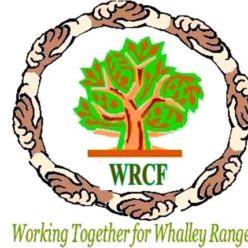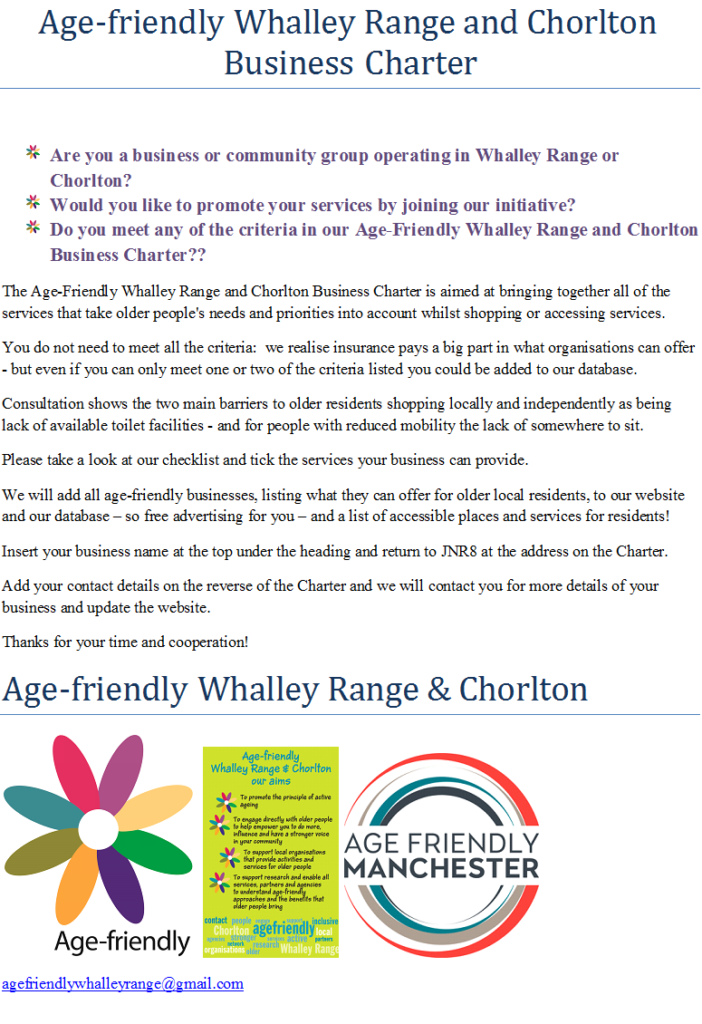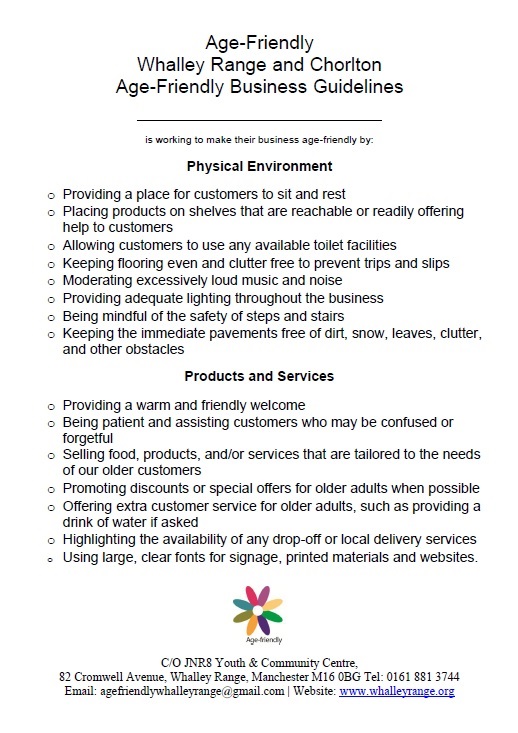Highlights:
- Manchester (UK) based collective, Alexandra Arts, celebrates the final installment of Pankhurst in the Park 2016 arts programme in New York City.
- The solo show entitled ‘Sound of Silence’ will showcase a glass installation – involving 241 crystals – by Norwegian artist, Lotte Karlsen.
- The pop-up exhibition will launch on Thursday 8 September 6-8pm at Studio 511,West Chelsea Arts Building, West 26th St. New York, NY, and runs until 24 September.
- The exhibition will be housed inside a small white cube nestled inside artist Scotto Mycklebust‘s studio – executive producer of the Public Art Squad Project. Visitors will have exclusive access to this private artist studio, which is based in the heart of West Chelsea’s Arts district.
- In conjunction with the exhibition, on Thursday September 22, a new online-based magazine, called ART 511, will also be launched.
- Sarah Gavron, director of award-winning 2015 film, Suffragette, was one of several female artists to have taken part in the Pankhurst in the Park programme, which has also involved New York artists collectives Go! Push Pops and Legacy Fatale.
With an exhibition housed inside a white cube entitled Sound of Silence, Lotte Karlsen returns to her specialist medium of glass for what will be her first solo show in New York, to create a site specific work which explores and deals with her relationship to her own mortality.
Lotte Karlsen, Artist, founder of Alexandra Arts and curator of Pankhurst in the Park, commented:
“For this final installment of Pankhurst in the Park 2016 in New York City, Im delighted to have my work showcased in the heart of the west side of Chelsea; NYC premier contemporary-art district.
‘Sound of Silence’ is an opportunity for me to return to the beginning of my career and specialist medium – glass – which I feel best reflects the fragility of the subject matter. I felt it was time for me to delve deeper and create work that deals with some of the more difficult and darker aspects of my life but through a medium that quite literally shines a light on the more positive outcomes.
In my early thirties I had a brush with cancer, which changed the course of my life and outlook on my work, leading me to found Alexandra Arts and develop the work I do within my own community, especially through Pankhurst in the Park.â€
Curated by the Manchester-based, artist-led collective, Alexandra Arts, Pankhurst in the Park 2016 is inspired by Alexandra Park – a Victorian Park in Manchester – and it rich historical connection to the Suffrage Movement, whose iconic leader, Emmeline Pankhurst, was born and bred yards from the Park in the neighbouring Moss Side Estate.
This exhibition, Sound of Silence, marks the end of the Pankhurst in the Park 2016 programme, which aims to empower the local communities around Alexandra Park and beyond through engagement with their local environment and social history, and to promote the wealth of talented female artists in Manchester and beyond by providing a platform for their work.
‘Sound of Silence’ represents a collaboration with Lotte Karlsen, West Chelsea artistScotto Mycklebust, and artist and feminist writer Katie Cercone, co-founder of NYC radical artist duo Go! Push Pops. Go! Push Pops were artists in residence for Pankhurst in the Park 2014.
‘Sound of Silence’ will celebrate its opening on Thursday the 8th of September, from 6-8pm, with a public launch and drinks reception. The exhibition is free and open to the public from 8th – 24th September 2016. Opening times are 12-6pm from Tuesday to Saturday, and 6-8pm on Thursdays. In conjunction with the exhibition, on Thursday the 22nd of September, a new online-based magazine, called ART 511, will also be launched.
For more information, visit: www.alexandra-arts.org.uk.
ENDS
For further information, images and interviews please contact:
Amy Clancy
press@alexandra-arts.org.uk | www.alexandra-arts.org.uk | @AlexArtsMCR #pankhurstinthepark
NOTES TO EDITORS
Lotte Karlsen
Lotte Karlsen FRSA, born 1974 in Hammerfest, Norway is a multidisciplinary artist working fluidly across the boundaries of fine art, social practice, sculpture and craft. Currently living and working in Manchester, UK. Karlsen earned an early degree in glass blowing from the world renowned Kosta Glass School in Sweden’s Crystal Kingdom. Later obtaining an MA in Art as Environment at Manchester Institute for Research and Innovation in Art and Design (MIRIAD), her work in recent years has blurred the lines of conceptualism, artivism and craft. She has exhibited her work in London, Milan, Tokyo, Seoul, Barcelona, Paris, New York and throughout Scandinavia.
http://www.synchronizedliquid.com/#lotte-karlsen
West Chelsea Artist Studios
‘Sound of Silence’ will be exhibited inside a small white cube inside artist Scotto Mycklebust’s studio, which is located in West Chelsea Artist studio complex in New York. The building houses galleries, multiple artists and art dealers, and resides close to the far west side of Chelsea — the city of New York’s premier contemporary-art district — which is home to high-profile spaces including Gagosian Gallery and Gladstone Gallery.
http://westchelseaartists.com/










